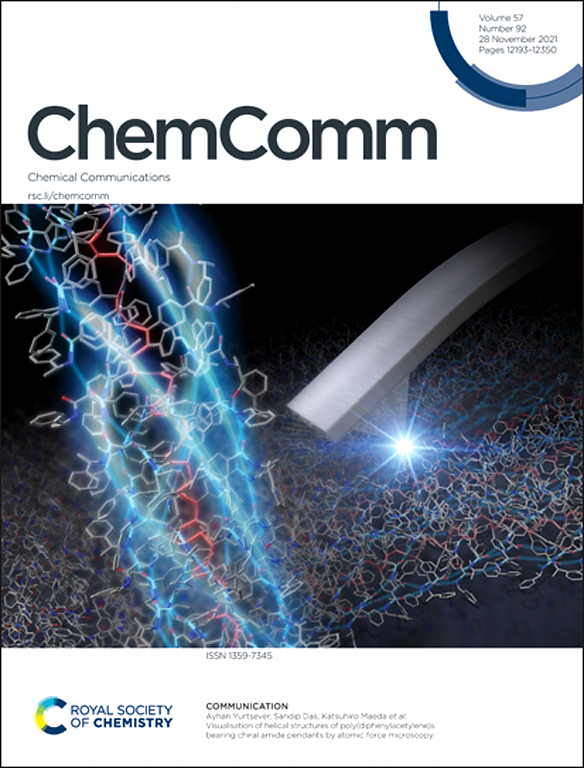Emerging Trends in AI-Integrated Optical Biosensors for Point-of-Care Diagnostics: Current Status and Future Prospects
IF 4.2
2区 化学
Q2 CHEMISTRY, MULTIDISCIPLINARY
引用次数: 0
Abstract
Optical biosensors have emerged as a transformative class of point-of-care diagnostic (POCD) devices, offering sensitive, specific, and rapid detection of diseases. The integration of optical biosensors with artificial intelligence (AI) brings a new revolution to the field of POCD by enabling enhanced analytical performance and real-time decision-making. The review presents an overview of the existing and upcoming prospects of AI-integrated optical biosensors with an emphasis on progress in sensor design, data science, and miniaturization. We also point out the advantages of AI algorithms, especially machine learning and deep learning, in improving the sensitivity, specificity, and multiplexing of optical biosensors during intelligent signal processing, pattern recognition, and automated decision-making. The optical biosensing techniques including SPR, fluorescence, colorimetric, and Raman-based methods, are reviewed concerning improvements facilitated by AI technology. Finally, we examine at the possibilities of integrating optical biosensors with IoT and cloud computing and critically addressed challenges related to data privacy, integration complexity, and clinical validation. To summarized, this review provides a realistic and future-oriented outlook to researchers, clinicians, and industry stakeholders interested in using AI-enhanced optical biosensors in redefining the future of POCD.用于即时诊断的人工智能集成光学生物传感器的新趋势:现状和未来展望
光学生物传感器已经成为一种变革性的即时诊断(POCD)设备,提供敏感、特异和快速的疾病检测。光学生物传感器与人工智能(AI)的集成通过增强分析性能和实时决策,为POCD领域带来了新的革命。综述了人工智能集成光学生物传感器的现有和未来前景,重点介绍了传感器设计、数据科学和小型化方面的进展。我们还指出了人工智能算法,特别是机器学习和深度学习在提高光学生物传感器在智能信号处理、模式识别和自动化决策中的灵敏度、特异性和多路复用方面的优势。综述了基于人工智能技术的光学生物传感技术,包括SPR、荧光、比色和基于拉曼的方法。最后,我们研究了将光学生物传感器与物联网和云计算集成的可能性,并关键地解决了与数据隐私、集成复杂性和临床验证相关的挑战。总而言之,这篇综述为有兴趣使用人工智能增强的光学生物传感器来重新定义POCD未来的研究人员、临床医生和行业利益相关者提供了一个现实的和面向未来的展望。
本文章由计算机程序翻译,如有差异,请以英文原文为准。
求助全文
约1分钟内获得全文
求助全文
来源期刊

Chemical Communications
化学-化学综合
CiteScore
8.60
自引率
4.10%
发文量
2705
审稿时长
1.4 months
期刊介绍:
ChemComm (Chemical Communications) is renowned as the fastest publisher of articles providing information on new avenues of research, drawn from all the world''s major areas of chemical research.
 求助内容:
求助内容: 应助结果提醒方式:
应助结果提醒方式:


